Vintage Vishy - Why do we call him that?
Recently at the Tata Steel Masters 2019 in Wijk Aan Zee, Netherlands Vishy Anand played some scintillating games. His most striking victory was against Shakhriyar Mamedyarov. Anand played the opening in a logical manner, and this was followed up by some extremely energetic play to blow Shakh off the board. Even a player of the Shakh's calibre, who was rated 2817 couldn't sustain the "Vintage Vishy." How does Anand do it? V. Saravanan, in this article shares with us some secrets of Vishy's combinative play. This he does by not only showing Anand-Mamedyarov from 2019, but also Anand-Ninov from 1987! It's over three decades since Vishy is India number one. How does he do it over and over again? Read on to know more!
In the Tata Steel Grandmasters Chess Tournament at Wijk aan
Zee, Netherlands held recently during January 2019, Vishy Anand played
Shakhriyar Mamedyarov of Azerbaijan in the 8th round. At that point, Mamedyarov
was rated a whopping 2817, occupying third place in world rankings, while Anand
was rated 2773, ranked 8th.
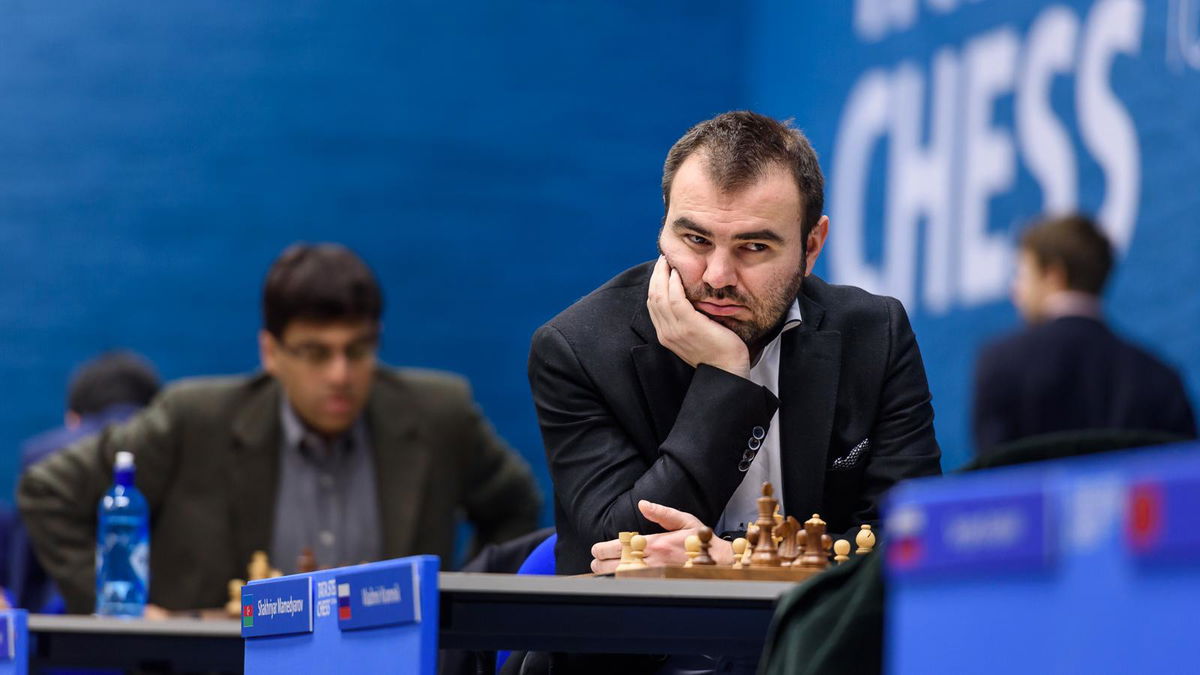
This game turned out to be a memorable encounter for Anand, who played his characteristic chess, going for tactical action logically evolving on the soundness of his position:
Anand vs Mamedyarov
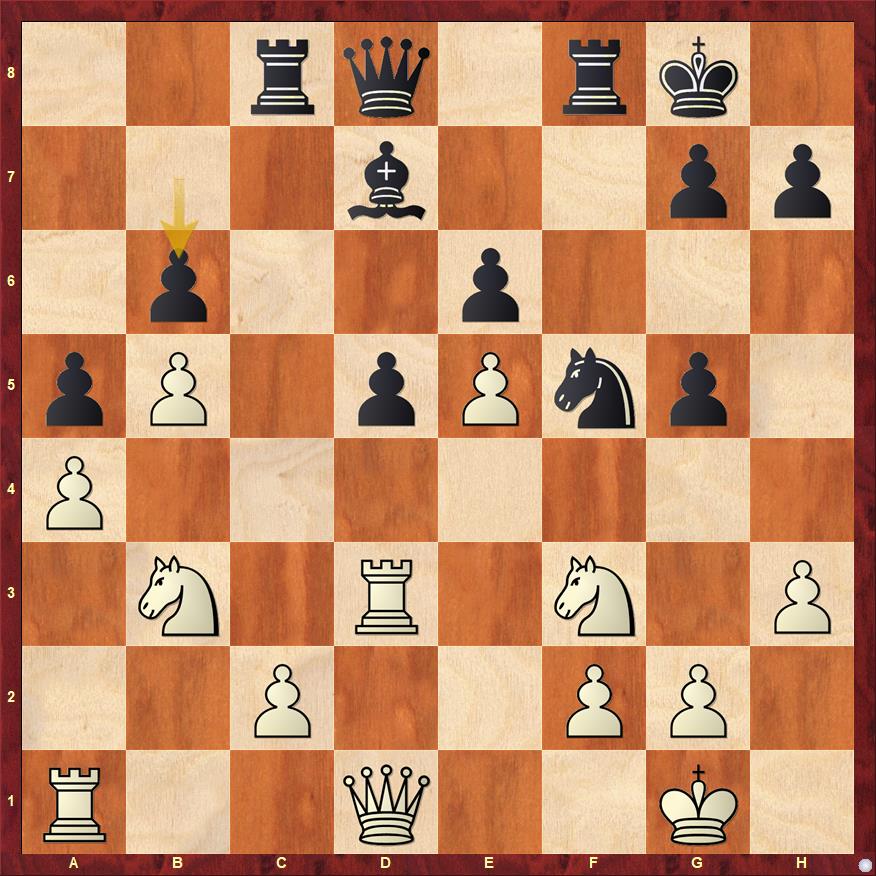
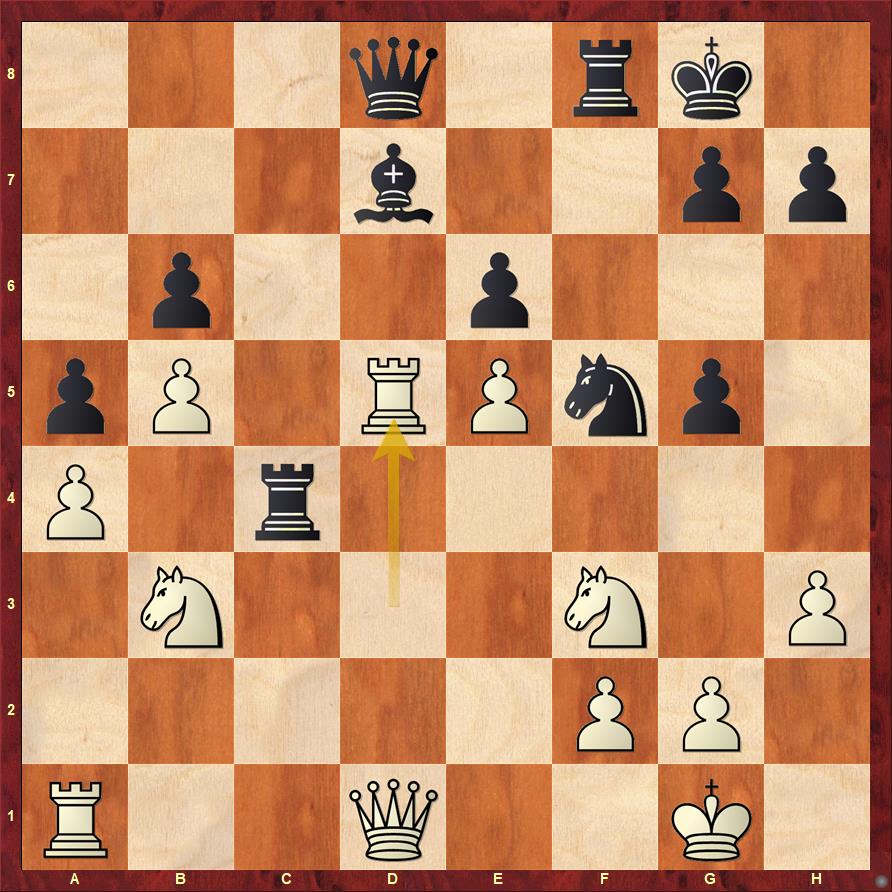
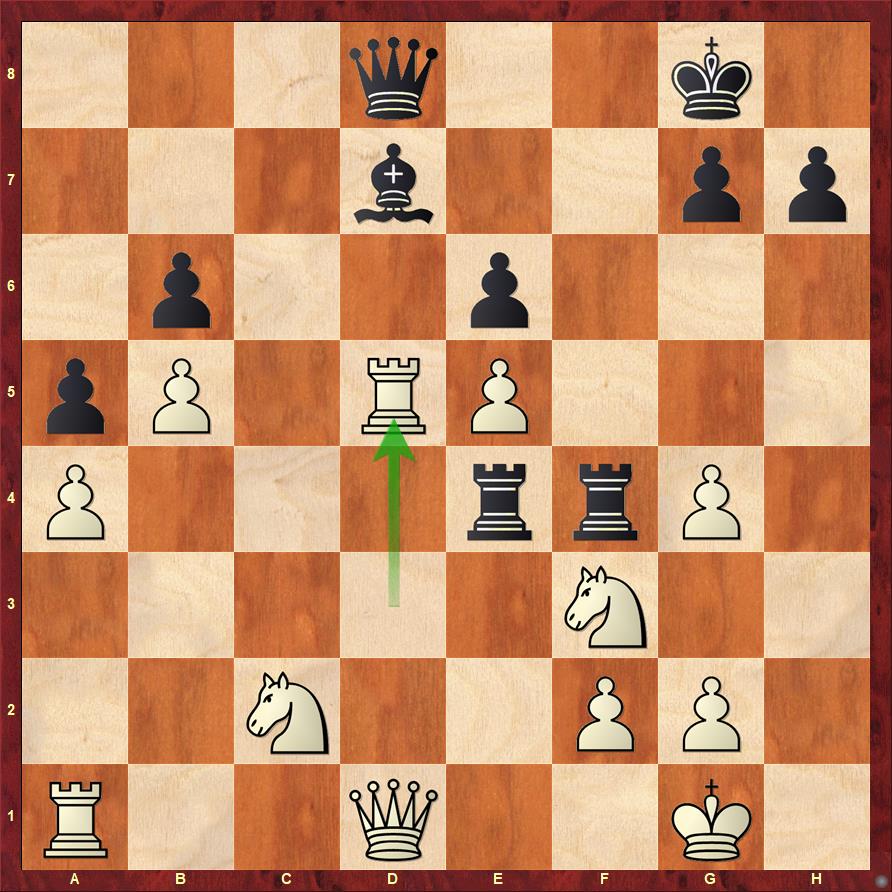
It’s raining blows on the d5 today! With the same Rook,
Anand lands the second blow at the same square, and now black’s position
crumbles. After the forced 29...exd5 30.Qxd5, Mamedyarov resigned, as his
position is untenable. Simply, white can win the black bishop on d7 after
30...Kh8 31.Rd1 here.
And before you leave, take a look at White’s pieces: the
rook on d5 is the perpetrator of the entire crime, on a dominant central
square. It is supported by the queen, which is again ready to spring towards
the centre. The knights on f3 and c2 are beautifully holding White’s position
and restricting black’s rooks, both watching the centre intensely. The only White piece which doesn’t seem to be doing much is the rook on a1, but as you
saw in the above variation, it is ready to spring towards the centre and win
the game.
Analysis by 12-year-old Aditya Mittal:
Let's look at the game, Anand - Ninov from World Junior
Championship, Baguio 1987.
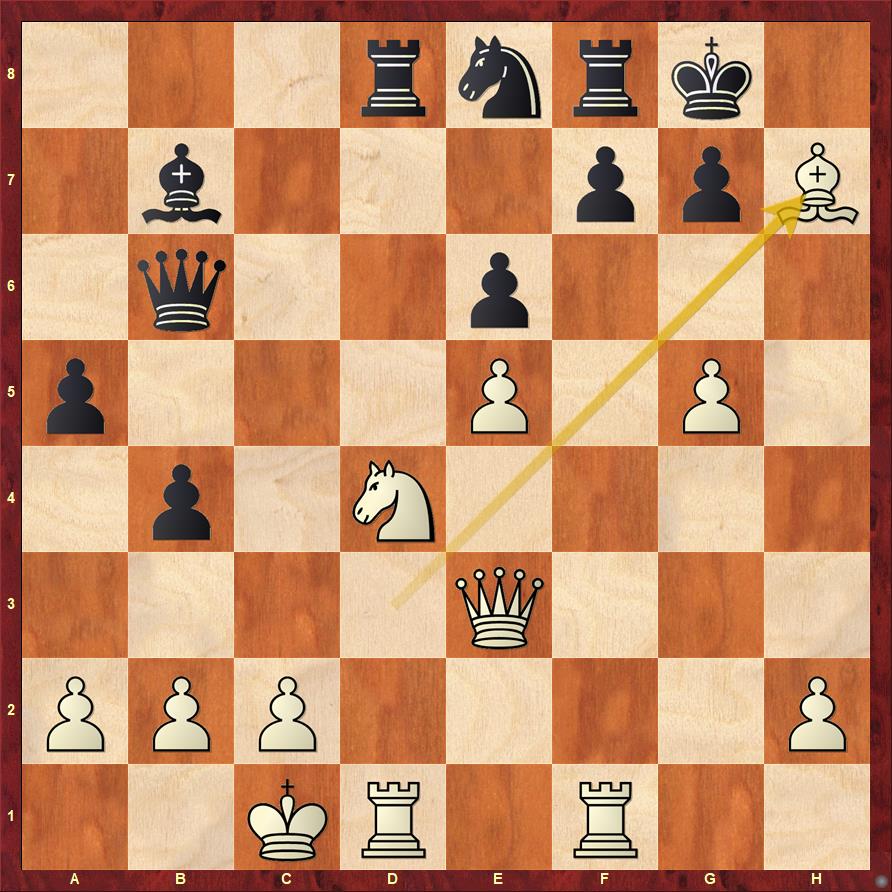
Once again, a strong centre for White and well placed
pieces, lead to a beautiful combination. The forced 21...Kxh7 was met with the
beautiful finish 22.g6! and Black resigned after a couple of moves. Also, observe white’s pieces here. Having castled on the
queenside in a typical Sicilian, he has pushed his pawns on the kingside, thus
creating mutual dynamic activity. His knight is in the centre (where else!?),
rooks are occupying prominent files, the queen is poised for action, the bishop
is already (!) in action. Again, there is a cramper of a pawn on e5,
strengthening white’s position and restricting black’s pieces…
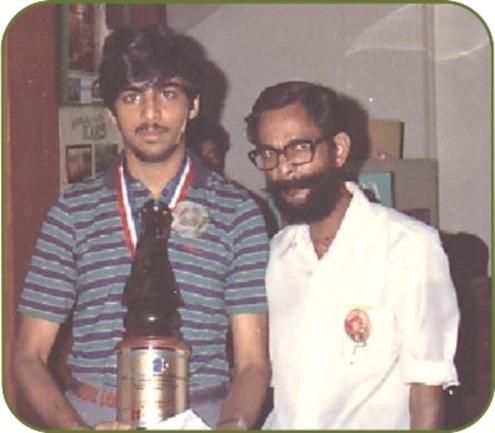
Seeing that Anand continues to treat his fans with such
delightful chess based on strong foundations, is why the (uninformed) pundits
use the unsuitable adage ‘vintage’ to describe Anand’s contemporary tactical
victories.
But herein lies the hitch: Anand never in his career was short of such delights! He continues conducting his symphonies, continues finding his harmonies...He conducts tactical masterpieces with the same force today too, but against opposition which is simply the best in the world!
So, how does he do it!? How does he retain the same force?


We present you the co-host assisting @vishy64theking at #ChampCoach at #Pune, another super star of Indian #Chess, #Maharashtra's own @viditchess! He also lets the trophies behind do the talking as well :-) @Persistentsys @ChessbaseIndia @chessgmkunte #PYCHinduGymkhana pic.twitter.com/WU3YENg9hw
— ChampCoach Pune (@MCL_CIS) February 13, 2019
Read more about ChampCoach by Vishy Anand:
Introductory article about the camp
Last 8 spots left for the Vishy Anand. Register now.
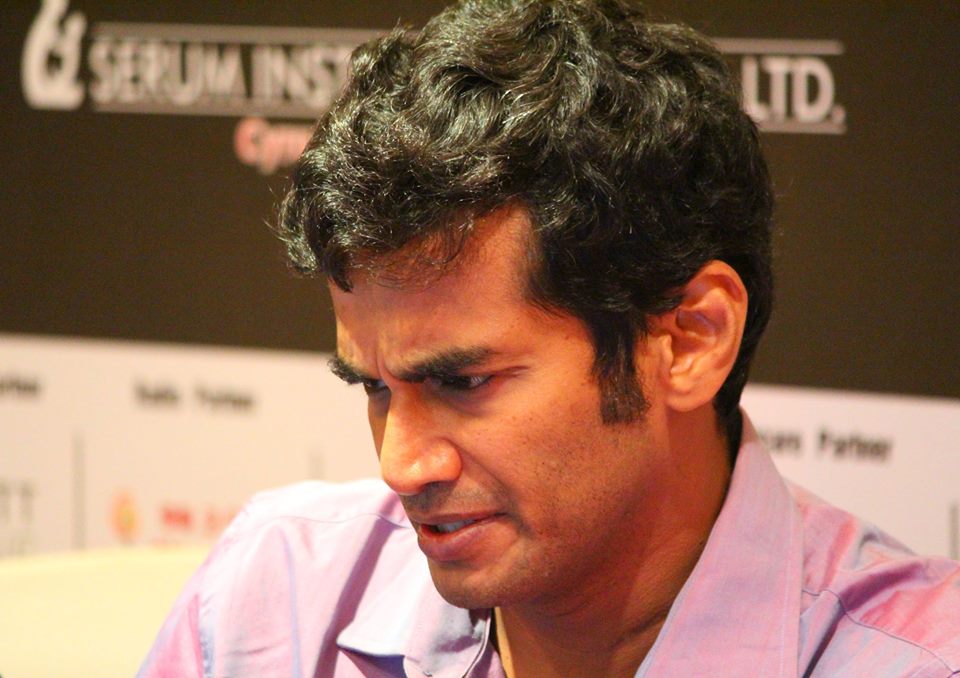
Venkatachalam Saravanan is from Chennai, the southern-most state of Tamil Nadu, India. As with most of the Tamilian names, Venkatachalam is his father’s name, Saravanan is what friends and colleagues call him. He is an International Master and has been an active chess player in the Indian circuit, and has been consistently writing on chess since late 1980s. He turned complete chess professional in 2012, actively playing and being a second to a handful of Indian players. He reports on chess tournaments, occasionally being a correspondent to national newspapers and news channels. Apart from chess, he is also interested in Tamil and English literature, music and photography.
The Krishna Prabhakar Scholarship:
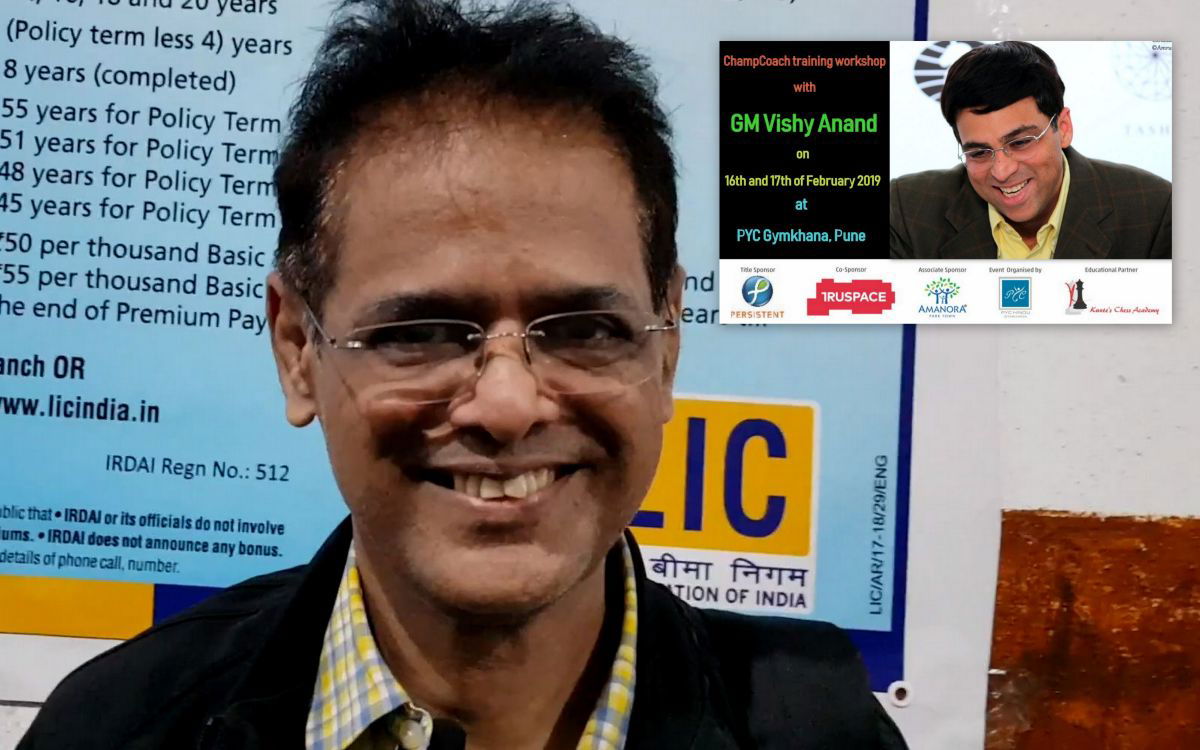
We received many applications. The winner decided was 11-year-old Om Kadam.
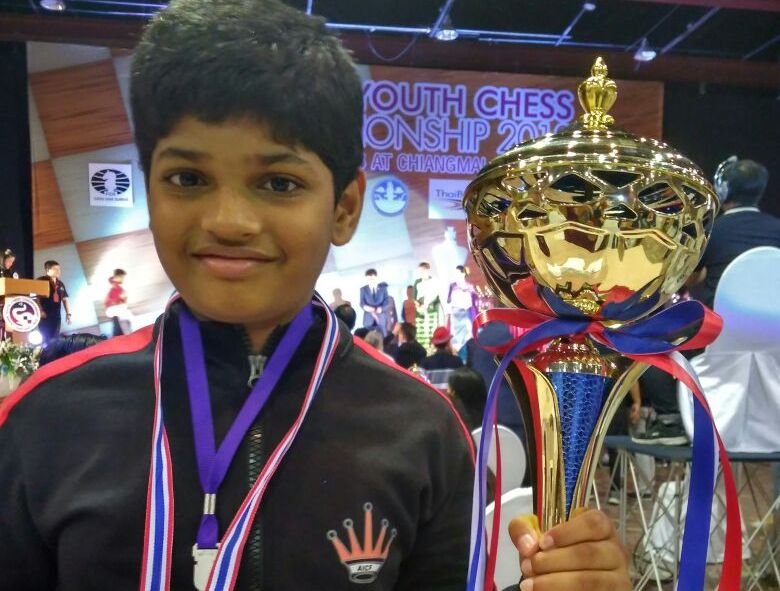
Read about Om and his family's financial struggles









































































